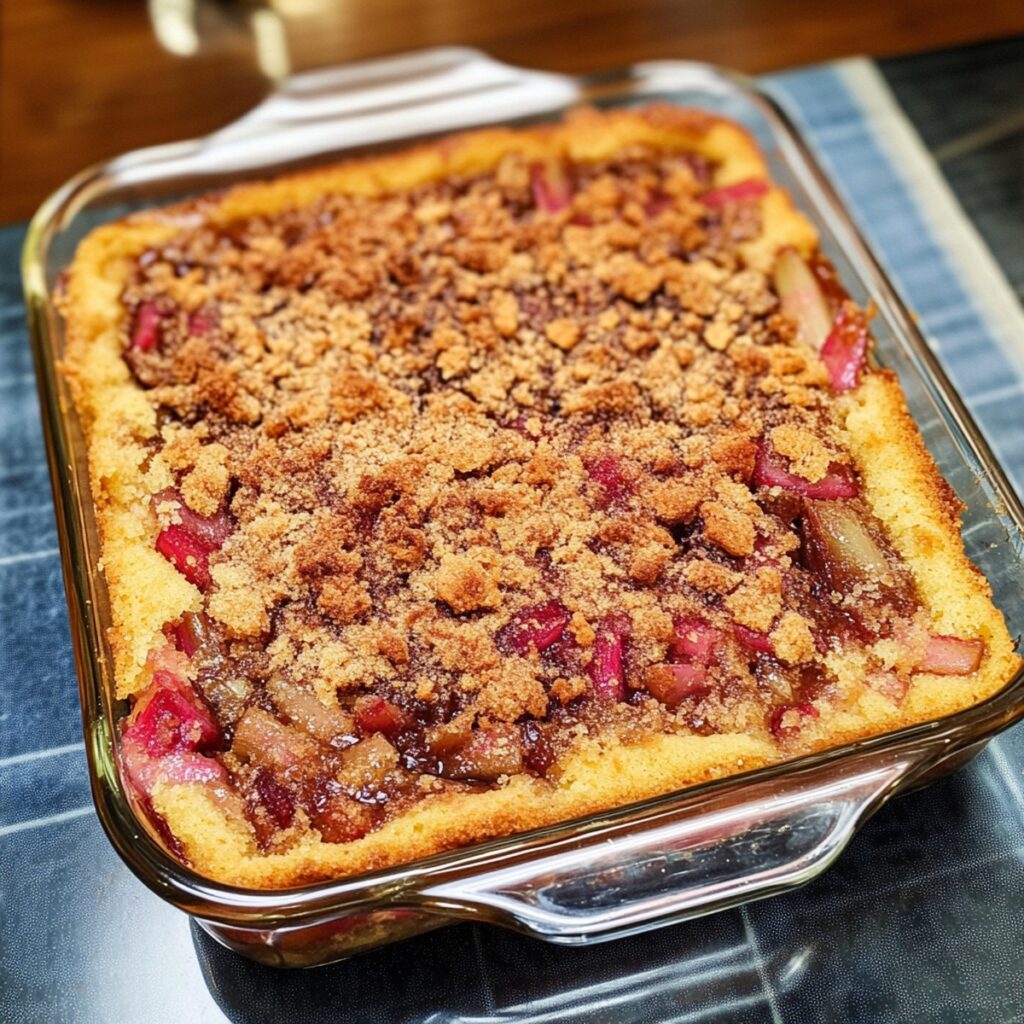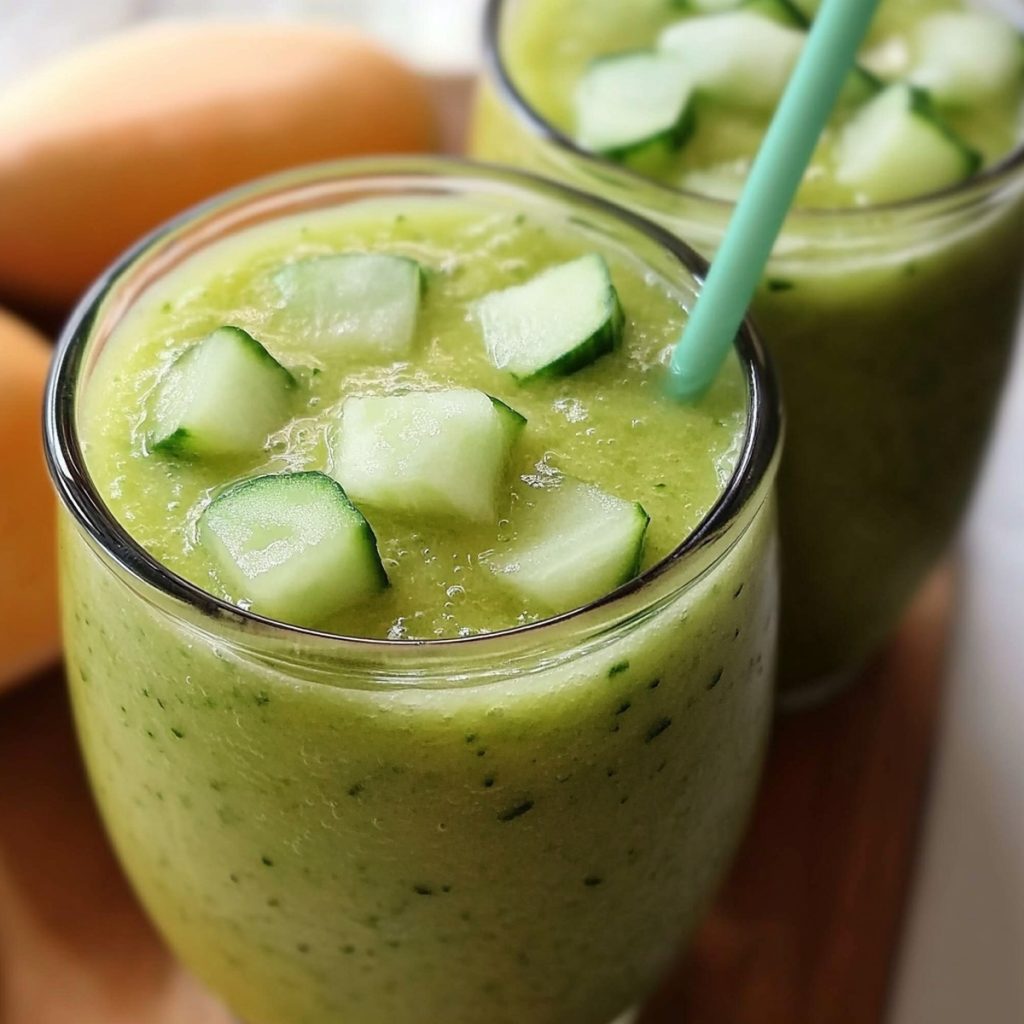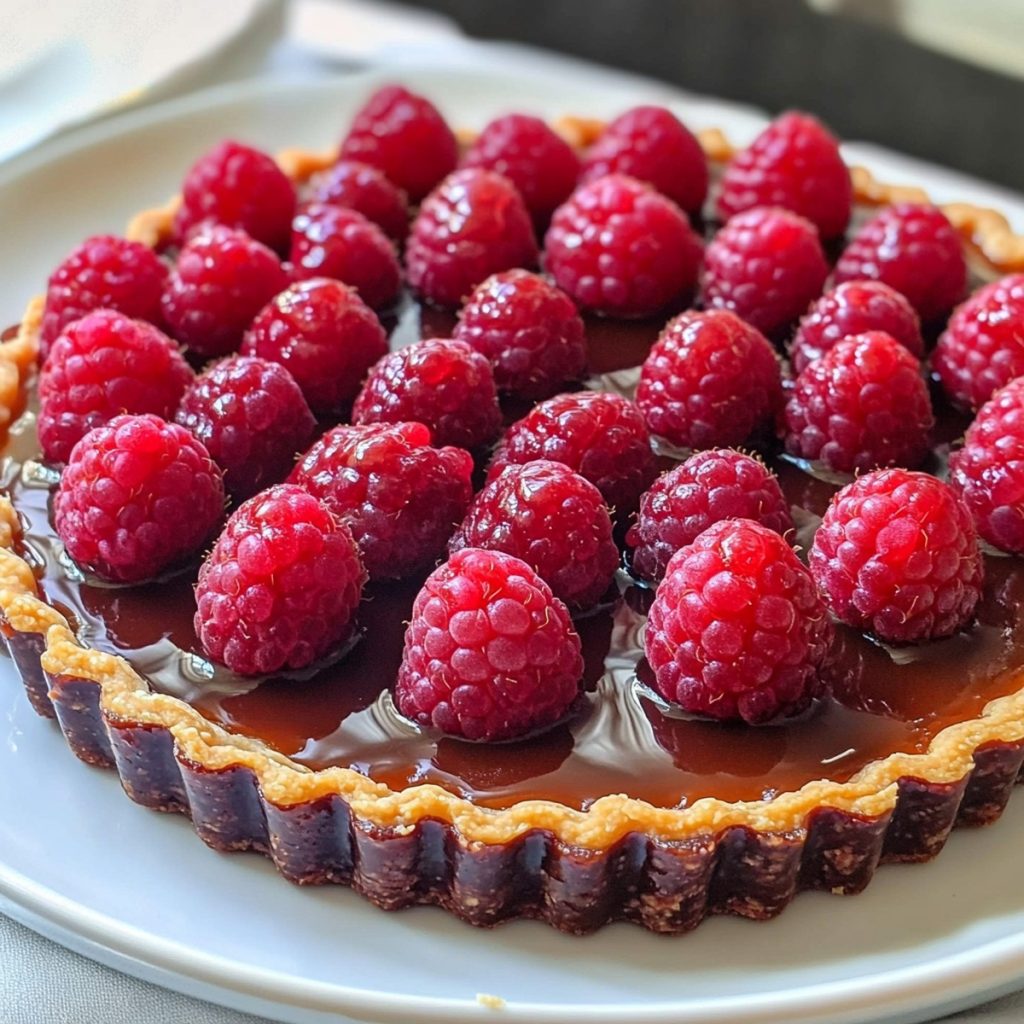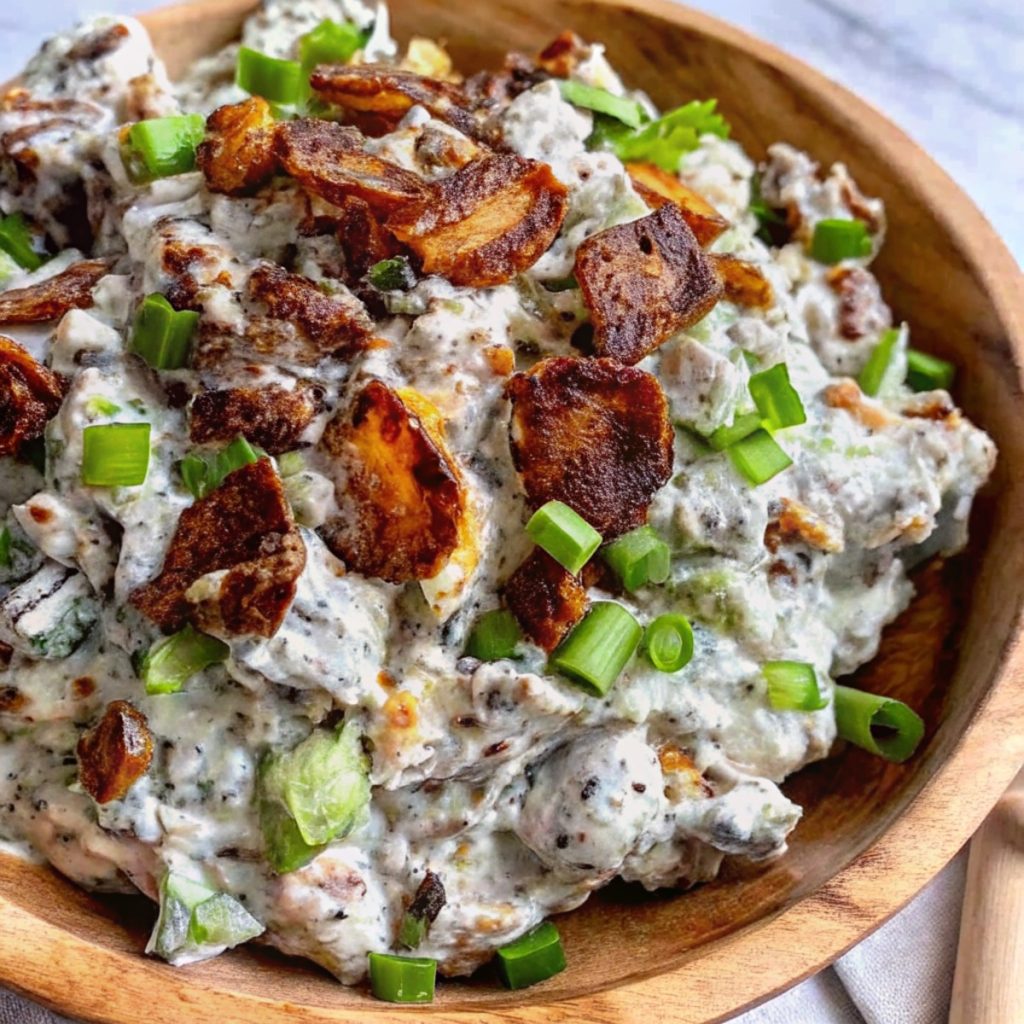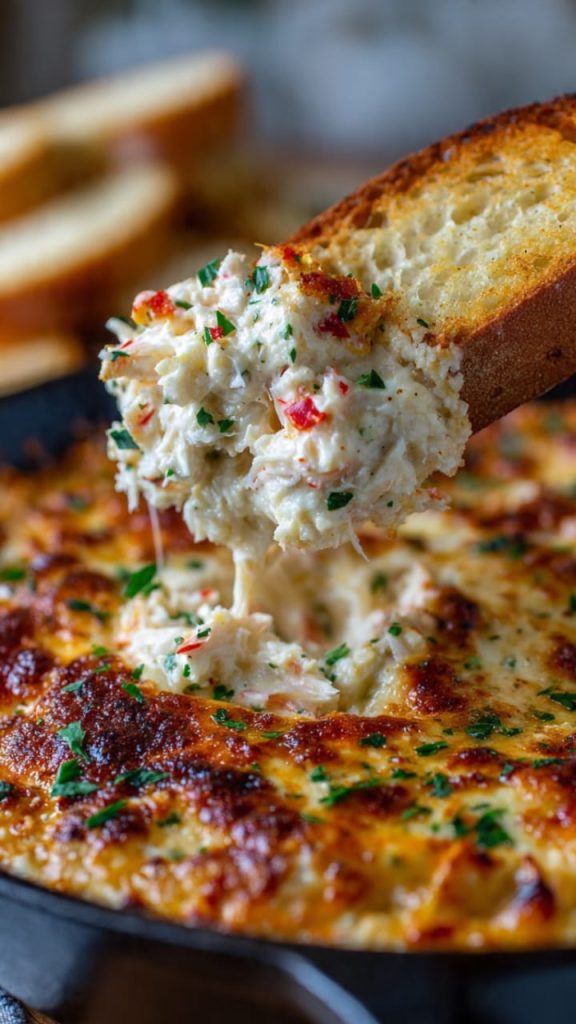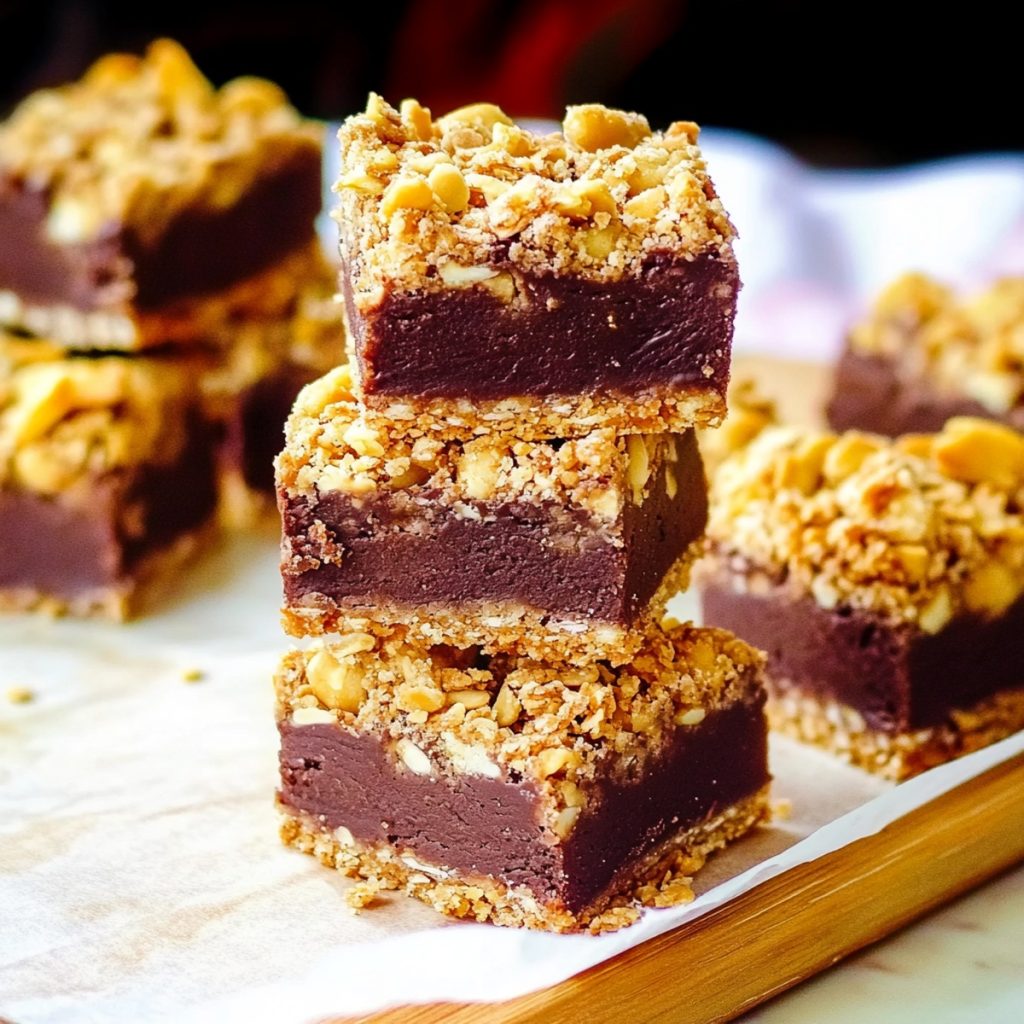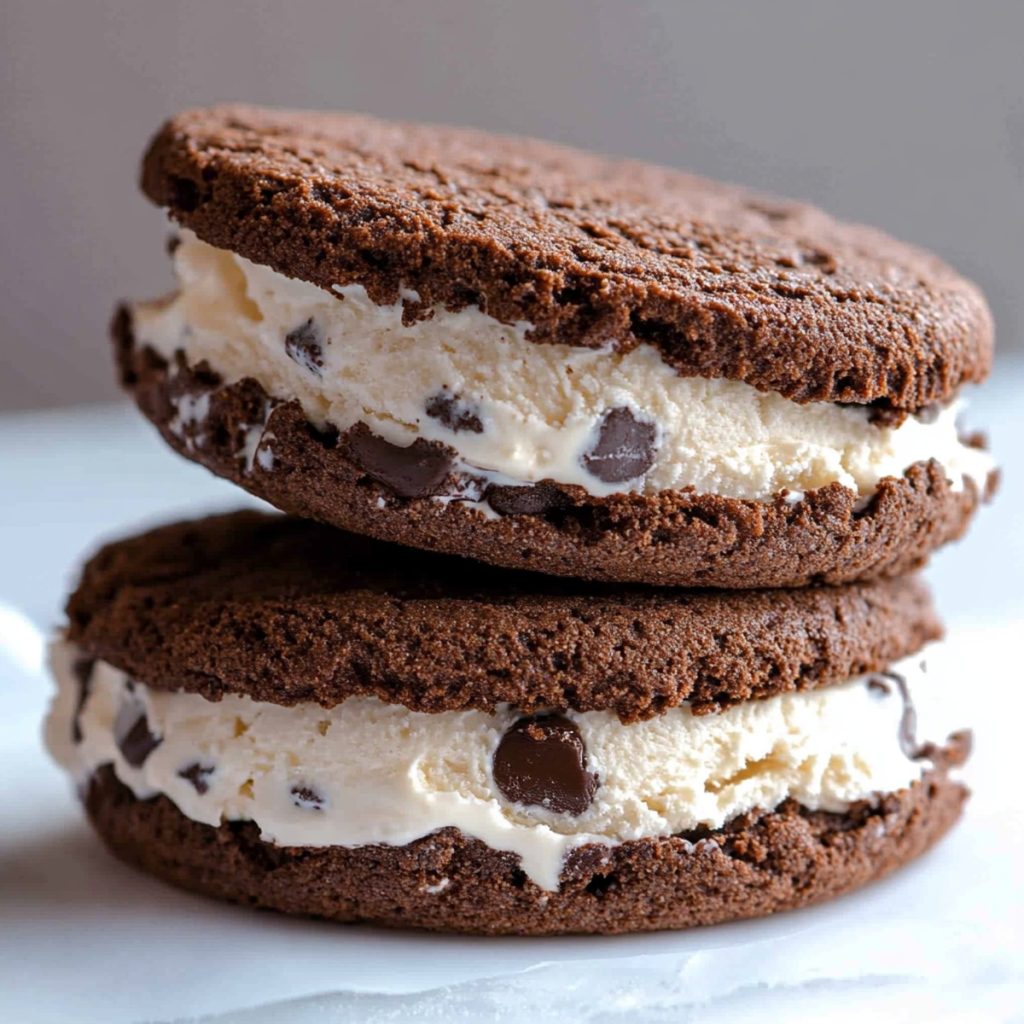Today, we’re not just making a coffee cake—we’re diving into the artistry and science of creating a tender, moist crumb that celebrates the bright tartness of rhubarb. This Rhubarb Coffee Cake is more than a comforting treat; it’s an ideal recipe for learning how fat, acid, and leavening agents work together to create baked goods that are both flavorful and beautifully textured. Whether you’re new to baking or looking to refine your cake-making skills, this lesson will empower you to approach any fruit coffee cake with confidence.
The beauty of this recipe lies in its balance of flavors and textures: the buttery crumb, the tangy fruit, and the crunchy, spiced topping. But what makes a coffee cake truly memorable? It’s all about technique—creaming the butter and sugar to incorporate air, blending in buttermilk for tang and tenderness, and understanding the pivotal role of baking powder in the rise. Each ingredient and step contributes to a cake that’s light yet satisfying, with a harmonious interplay between sweet and tart.
Learning to make this cake gives you skills that transfer to countless other recipes. You’ll practice the creaming method, discover how to fold in fruits without making the batter too dense, and master the art of a streusel topping that stays crisp. We’ll also talk about ingredient substitutions, storage science, and ways to adapt this cake for every season. By the end of this lesson, you’ll not only have a delicious rhubarb coffee cake, but you’ll also have a deeper understanding of baking fundamentals. Ready to transform simple ingredients into an impressive bake? Let’s begin!
How to Master Rhubarb Coffee Cake
Click here to get printable version
The Tools & Ingredients You’ll Need
- 9×13 inch baking pan (for even baking and generous slices)
- Large mixing bowl (for creaming wet ingredients)
- Medium mixing bowl (for dry ingredients)
- Hand or stand mixer (to efficiently cream butter and sugar)
- Rubber spatula or wooden spoon (for folding ingredients)
- Whisk (for integrating dry ingredients)
- Measuring cups and spoons (precise ingredient ratios matter)
- 1/3 cup butter, softened
- 1 cup granulated sugar
- 1 large egg, beaten
- 1 teaspoon vanilla extract
- 1 cup buttermilk
- 2 cups all-purpose flour
- 1 tablespoon baking powder
- 1/2 teaspoon salt
- 3 1/2 cups frozen or fresh rhubarb, thawed and drained if needed
- Topping:
- 1 cup packed brown sugar
- 1/4 cup melted butter
- 2 teaspoons cinnamon
- 1/2 cup finely chopped walnuts or pecans
Step-by-Step Instructions
- Cream butter and sugar: In a large bowl, beat the softened butter and granulated sugar until fluffy (incorporates air, laying the foundation for a tender crumb).
- Incorporate wet ingredients: Mix in the beaten egg, vanilla extract, and buttermilk; beat until smooth (the acid from buttermilk tenderizes, while egg binds and enriches).
- Combine dry ingredients: In a separate bowl, whisk together flour, baking powder, and salt (ensures even distribution of leavening for balanced rise).
- Blend wet and dry: Gradually add the dry mix to the wet, stirring just until combined (overmixing develops gluten and can make the cake tough).
- Prepare your pan: Spread the batter evenly in a greased 9×13 inch pan (ensures the cake doesn’t stick and bakes uniformly).
- Make the topping: In another bowl, mix all topping ingredients together (creates a crisp, caramelized layer for contrast).
- Add fruit: Spoon rhubarb evenly over the batter, leaving a 1/2 inch border (keeps edges from becoming soggy and allows batter to rise).
- Top it off: Sprinkle the topping mixture evenly over the fruit (adds texture and flavor with every bite).
- Bake: Bake at 350°F for 45-50 minutes, or until a toothpick inserted in the center comes out clean (ensures the cake is set and baked through).
- Cool and serve: Let cool before slicing (prevents crumbling and helps flavors set).
Understanding Ingredient Roles & Smart Substitutions
Every ingredient in this cake serves a distinct function. The butter and sugar, when creamed, create structure and lightness; buttermilk provides acidity for tenderness; and baking powder is the primary leavening agent. If you’re out of buttermilk, add 1 tablespoon of lemon juice or vinegar to 1 cup of milk and let it sit for five minutes. No rhubarb? Try chopped apples, pears, or berries—just be sure to drain any excess moisture. For a nut-free topping, consider using rolled oats or sunflower seeds for crunch. Understanding these roles allows you to adapt recipes confidently, no matter what’s in your pantry.
Technique Spotlight: Getting It Right Every Time
The key to a great coffee cake is not just the right ingredients, but how you combine them. Creaming the butter and sugar thoroughly (until it’s pale and fluffy) is crucial for air incorporation—don’t rush this step. When adding dry ingredients, mix until just combined to avoid overdeveloping gluten, which can make the cake tough. For the topping, use your fingers or a fork to distribute the mixture evenly, ensuring every slice gets a bit of crunchy sweetness. Finally, let the cake cool before slicing; this helps it set and makes for cleaner cuts.
Balancing Flavors: What to Serve Alongside
Rhubarb coffee cake pairs beautifully with a cup of black coffee or a mildly sweetened tea, balancing the tangy fruit and rich topping. If you’re serving this for brunch, consider sides like Greek yogurt, fresh berries, or a light fruit compote. For added elegance, a dollop of whipped cream or a drizzle of vanilla glaze can transform each slice into a plated dessert. The cake’s sweet-tart profile also complements savory dishes like quiche or smoked salmon, making it a versatile component of any spread.
Food Science: Storing Rhubarb Coffee Cake for Optimal Flavor
To keep your coffee cake moist and fresh, let it cool completely before covering tightly with plastic wrap or storing in an airtight container. At room temperature, it stays delicious for up to two days. For longer storage, refrigerate for up to five days or freeze individual slices for up to three months. To reheat, warm slices gently in the microwave or oven—this revives the crumb and crisps up the topping. Remember, storing with too much moisture can make the topping soggy, so ensure the cake is well cooled before sealing.
Adapting Your Technique for Seasonal Produce
While rhubarb shines in spring and early summer, this coffee cake can be a year-round treat by swapping in seasonal fruits. In summer, try blueberries or peaches; in fall, apples or pears with a pinch of nutmeg; and in winter, cranberries or spiced citrus segments. Adjust sugar slightly based on the fruit’s sweetness, and always drain fruit well to prevent a soggy cake. Experimenting with seasonal produce keeps the recipe fresh and lets you practice adjusting for varying moisture and textures in your bakes.
Frequent Asked Questions:
Why is my coffee cake dense instead of light and fluffy?
A dense cake often results from overmixing after adding the flour, which develops excess gluten and leads to a heavier texture. It can also occur if the butter and sugar aren’t thoroughly creamed, which reduces the amount of air in the batter. Always cream until light and fluffy, and mix in dry ingredients just until incorporated for the best crumb.
What should I do if my cake is underbaked in the center?
If your cake is still wet or gooey in the middle after baking, cover it loosely with foil and return it to the oven for 5-10 minutes, checking regularly. Ensure your oven is preheated and avoid opening the door frequently, as heat loss can disrupt even baking. Using a glass or ceramic pan may also require slightly longer bake times.
Can I use frozen rhubarb without thawing it first?
It’s best to thaw and drain frozen rhubarb before using. Excess moisture from unthawed fruit can make the cake soggy and impact baking time. If you’re in a hurry, rinse the frozen rhubarb in a colander under cool water, then pat dry thoroughly with paper towels before spreading over the batter.
What role does buttermilk play in this recipe?
Buttermilk provides acidity, which reacts with baking powder to create carbon dioxide, helping the cake rise and remain tender. Its tang also balances the sweetness and highlights the rhubarb’s flavor. If you substitute with regular milk, add a splash of vinegar or lemon juice to maintain the necessary acidity for optimal texture.
How do I prevent the topping from sinking into the cake?
To keep the topping crisp and on the surface, ensure your batter is thick and evenly spread. Distribute fruit and topping gently, without pressing down. If your batter is too runny—often from overly juicy fruit—it can’t support the topping, so always drain fruit thoroughly and consider dusting it with a teaspoon of flour before layering.
Why does my cake sometimes turn out dry?
Overbaking is the most common cause of dry coffee cake. Check for doneness a few minutes before the suggested baking time using a toothpick—moist crumbs are ideal, not wet batter. Also, measure flour carefully using the spoon-and-level method, as too much flour can absorb excess moisture, resulting in dryness.
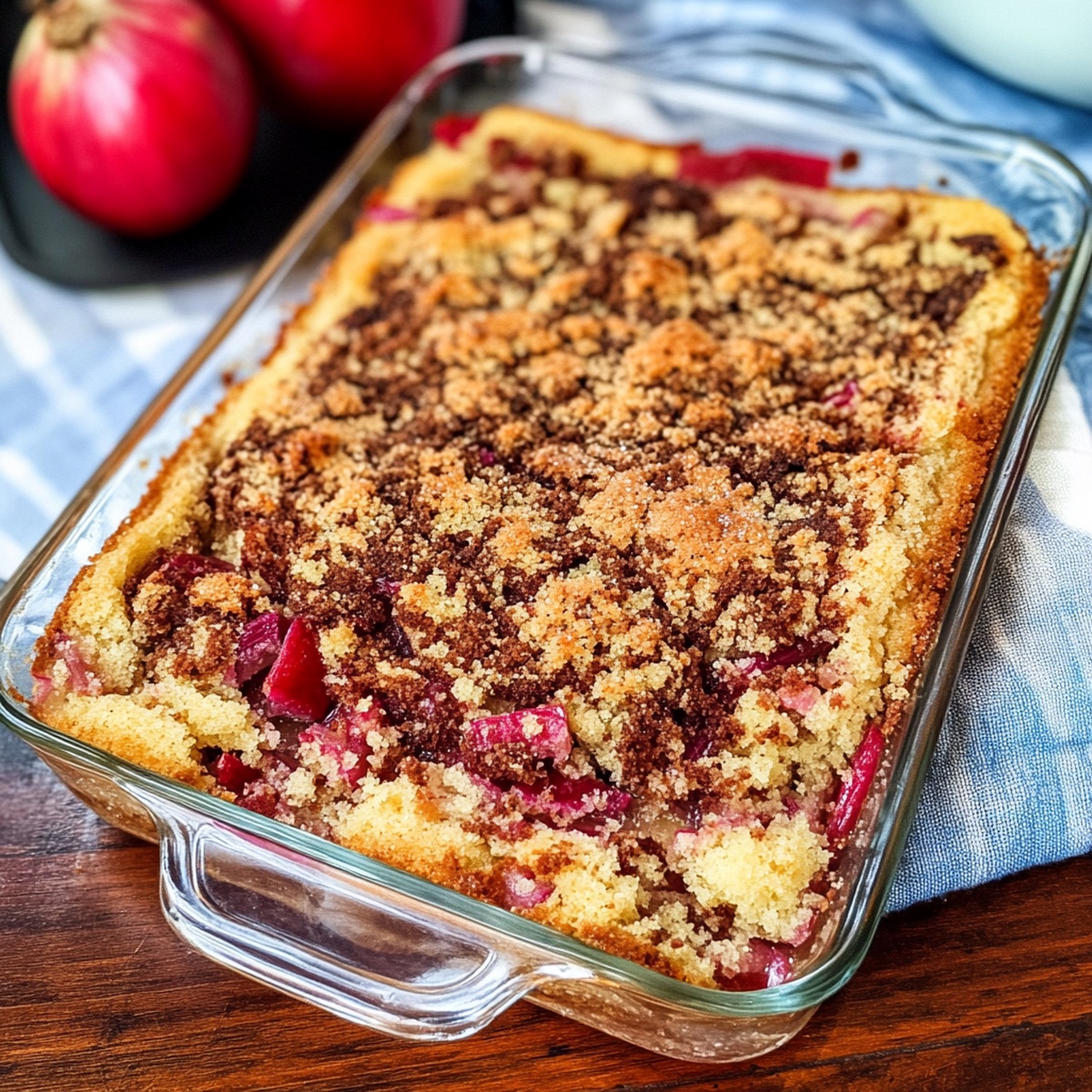
Rhubarb Coffee Cake
Ingredients
Coffee Cake Base:
- 1/3 cup butter softened
- 1 cup granulated sugar
- 1 large egg beaten
- 1 teaspoon vanilla extract
- 1 cup buttermilk
- 2 cups all-purpose flour
- 1 tablespoon baking powder
- 1/2 teaspoon salt
- 3 1/2 cups rhubarb (frozen or fresh, thawed and drained)
Topping Ingredients:
- 1 cup brown sugar packed
- 1/4 cup butter melted
- 2 teaspoons cinnamon
- 1/2 cup walnuts or pecans finely chopped
Instructions
For Coffee Cake Base:
- In a large mixing bowl, beat the softened butter and granulated sugar until the mixture is light and fluffy.
- Add in the beaten egg, vanilla extract, and buttermilk, mixing until the batter is smooth.
- In a different bowl, combine the flour, baking powder, and salt by whisking them together.
- Gradually incorporate the dry mixture into the wet ingredients, stirring until just combined.
- Transfer the batter to a greased 9x13 inch baking pan.
For Topping:
- In another bowl, blend together all topping ingredients until uniformly mixed.
- Spread the rhubarb (or your preferred fruit) over the batter, leaving a small border around the edges.
- Distribute the topping mixture evenly over the fruit layer.
- Bake in a preheated oven at 350°F for 45-50 minutes, or until a toothpick inserted in the center comes out clean.
- Allow the cake to cool completely before slicing and serving.
